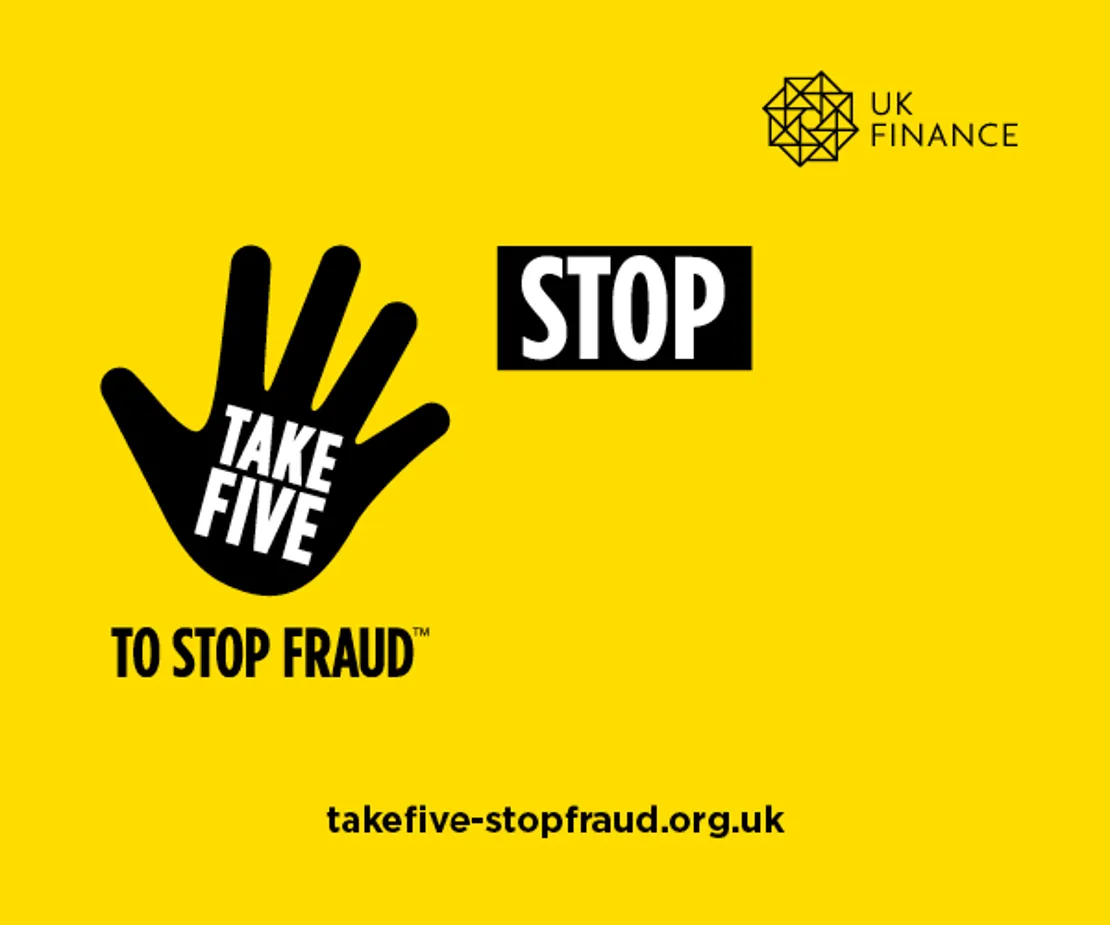Financial Crime
In the first half of 2023, criminals stole a total of £580 million through fraud and scams, with a continued focus on Social Engineering. Whether you’re looking to protect your business from being hit in an already challenging environment, or are looking for ways to protect yourself and your loved ones from a potentially devastating experience, we’re here for you. Here’s our low down on the latest scams to look out for and our top tips on protecting your personal data and your money.
Why should businesses be concerned?
Fraudsters are turning to more sophisticated methods of scamming businesses out of money, so it really does pay to make sure everyone in your organisation is being vigilant at all times.
Top tips for avoiding fraud in your business
Take 5 to stop fraud
We are proud to be part of the UK’s national fraud campaign. In 2020, the finance industry managed to stop £1.6 billion of unauthorised fraud transactions through advanced, innovative systems. However, criminals still successfully stole £1.26 billion through fraud and scams in 2020, which highlights the extent of the problem at hand.
Take 5 offers easy, actionable advice to individuals and businesses to ensure they don’t fall victim to preventable financial fraud. Covering everything from email, phone and online fraud, where criminals impersonate trusted organisations to trick unsuspecting victims to part with their cash and/or personal information, the campaign is intended to remind them to take a step back and really think about what they’re being asked for.
Take 5 To Stop Fraud is led by Financial Fraud Action UK and backed by Her Majesty’s Government, with a range of UK partners in the payment industry, financial services firms, law enforcement agencies, telecommunication providers, commercial, public and third sector organisations.

Common scams to look out for within your business
How to report fraud
Get in touch with us right away if you think you’ve fallen victim to fraud. Please see the options below:
